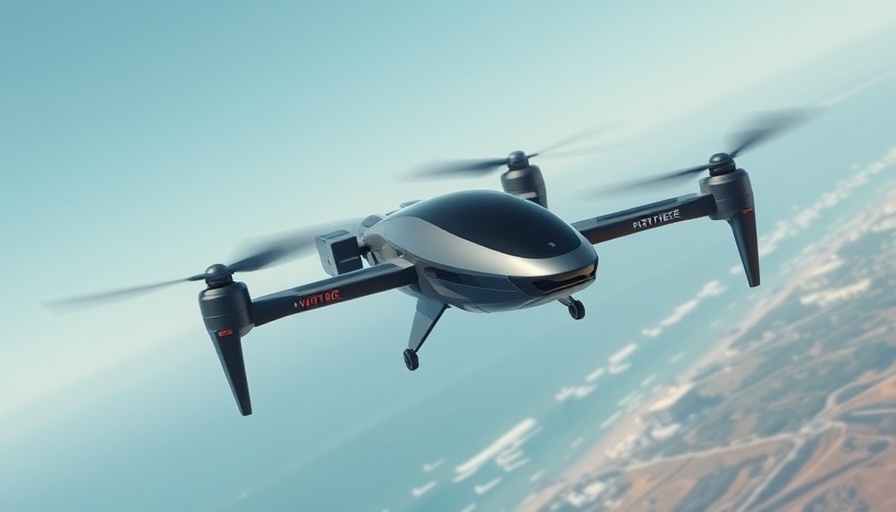
The Impact of Layoffs on AI's Future
Elon Musk's AI venture, xAI, has made headlines for laying off 500 of its data annotation team members. This decision comes as part of a strategic pivot aimed at focusing on specialist AI tutors, which signifies a notable shift in the company's operational priorities. With an overall workforce of 1,500, this reduction marks a significant strategic overhaul, constituting about one-third of the team responsible for labeling data crucial for training xAI’s chatbot, Grok.
Understanding the Rationale Behind xAI's Layoffs
The layoffs reflect broader trends in the tech industry, where companies are increasingly finding the need to adapt or pivot to remain competitive. By reallocating resources towards specialized roles, xAI appears to be betting on the future of artificial intelligence as a more tailored and sector-specific solution. The focus on hiring across domains such as STEM, finance, and healthcare further suggests a belief that sophisticated AI applications can lead to transformative advancements in these fields.
Emerging Trends: Why Specialization Matters
This move to focus on specialist roles showcases an emerging trend in technology where generalist applications may not suffice amidst rapidly evolving demands. As companies scale back on broad, generalized roles in favor of targeted specialists, professionals in tech-driven industries must stay alert to these shifts. The specialization model not only enhances the quality of AI applications but also taps into more specific market insights that can drive success.
Broader Implications for the Tech Industry
The enormity of this layoff decision brings to light a pressing concern: job security in a sector driven by innovation and transformation. Professionals within the tech sphere—especially those involved in AI and data management—need to seek ways to demonstrate adaptability and continuous learning. This pivot towards specialization in AI could potentially position companies not just to survive but thrive amidst disruptive changes, but it also sends a clear message about the evolving roles within the tech ecosystem.
Conclusion: Adapting to Change
As xAI continues to recalibrate its approach amidst a backdrop of rapid innovation in AI technology, tech professionals must take proactive steps to align their skills and experiences with these emerging trends. Understanding the progressions within the tech landscape—including the importance of specialized knowledge—can help professionals not only remain relevant but also harness opportunities for growth and development in their respective fields.
 Add Row
Add Row  Add
Add 




Write A Comment